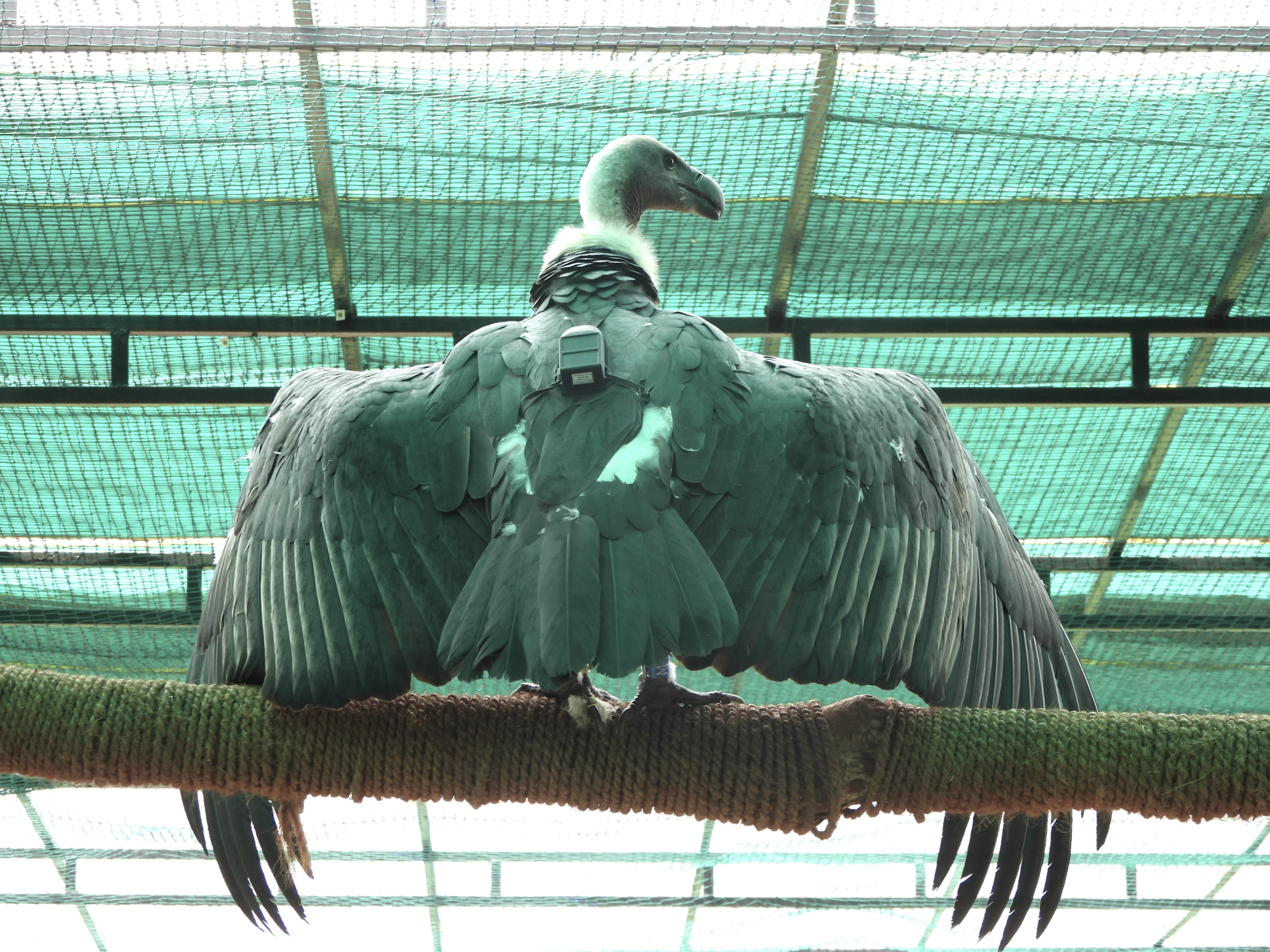It was a bright, sunny summer morning. I was waiting, all excited, at the Moharli Safari Gate of the Tadoba-Andhari Tiger Reserve (TATR). I was there to meet the reserve’s new residents—ten gorgeous white-rumped vultures and the BNHS vulture conservation research team stationed there. The vultures had been transported from the Jatayu Conservation Breeding Center in Pinjore, Haryana, in January of this year to be released into the wild to restore and revive populations of the critically endangered white-rumped vultures in TATR. This project is part of the vulture reintroduction program, jointly managed by the Bombay Natural History Society and various state forest departments, in this case, the Maharashtra Forest Department.
Soon, a forest department jeep arrived to take me to the project site inside TATR. As we started moving, I enjoyed the soothing sight of the lush forests of the tiger reserve, with thick bamboo patches flanking both sides of the road. The driver, Mithun, a cheerful young man from a local village, described how he had seen a tiger walking on the road just a couple of hours earlier. His description definitely made my journey even more thrilling, and I felt that somewhere out there, hiding in the thick bamboo, was the lord of the forest, the apex predator, watching our vehicle pass by.

After traveling around ten kilometres through dense forest, the vehicle came to a halt in a large open patch of land, mostly covered by grass and scattered trees. There were some small buildings dispersed throughout this space, which I came to know were part of the project site. As I got off the jeep, the BNHS research team working on the project greeted me.
I learned that the area once housed a village named Botezari that was relocated in 2007 outside TATR to keep the tiger reserve free of human disturbance. That explained the openness of the landscape there. As I entered the small office room at the field site guided by the team, a computer screen caught my eye. It displayed CCTV footage of the white-rumped vultures in the nearby aviary.

The CCTV monitoring allowed the researchers to observe vulture behavior and health remotely to ensure minimal human contact with the birds as they were to be released into the wild. It was fascinating to see the vultures getting on with their usual routine, oblivious that their every movement was being recorded.
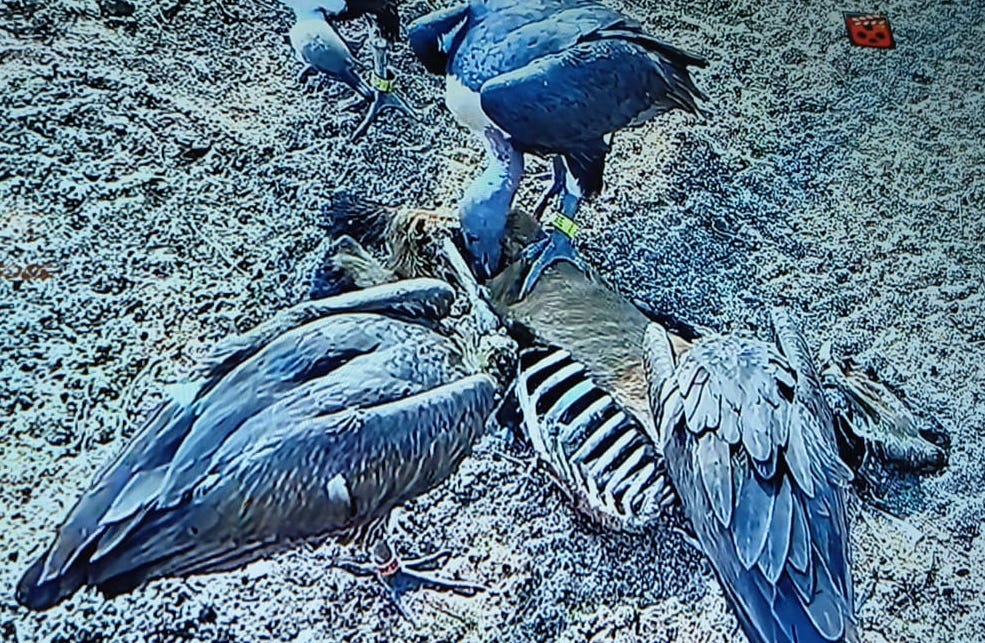
“In the first phase of the project in Maharashtra, it was proposed to release ten white-rumped vultures in TATR and ten long-billed vultures in the Pench Tiger Reserve. The average age of the birds kept in the pre-release aviary at TATR is six years, with a sex ratio of 6:4. They have been placed in an aviary here to allow them to acclimatise to their new environment. The BNHS team is also conducting further studies needed for the successful introduction of these birds into the wild,” informed Hemant Bajpai, BNHS Research Biologist leading the project in Maharashtra. His team members include Bhanu Pratap Singh (Conservation Biologist), Bhaskar Das (Conservation Biologist), Prakash Madavi and Pradeep Soyam (field assistants).

As we exited the office room, Hemant led me to the hide room from where birds could be observed in the aviary. It was the “sanctum sanctorum” of the project site. Electric fences guarded the area around the aviary to prevent the entry of any wildlife. The aviary itself was a large enclosure made with metal support and netting covering all sides. It allowed the birds to get accustomed to the outside world without leaving the aviary. There was also a tiny hut near the aviary that served as the hospital aviary where vets would treat ailing vultures, if any.

From the hide room, it was fascinating to see the vultures moving around on the ground or flying to the perches installed for them. They symbolized hope for the future of the species.
In India, vulture populations plummeted dramatically in the 1990s by almost 99%. In 2003, a shocking revelation was made. BNHS scientists researching the cause of the precipitous decline of vultures found the veterinary painkiller drug diclofenac to be the culprit. Vultures consuming cattle carcasses treated with diclofenac died due to kidney failure triggered by the drug entering their bodies. In 2008, the government of India banned diclofenac and its formulations for veterinary use to safeguard the vultures. However, the damage had already been done. In addition to diclofenac, some other NSAIDs like ketoprofen, aceclofenac, and nimesulide have also been identified as vulture-toxic drugs. There was a massive task in front of the BNHS scientists and vulture conservationists. They had to stop vultures from going extinct in India.
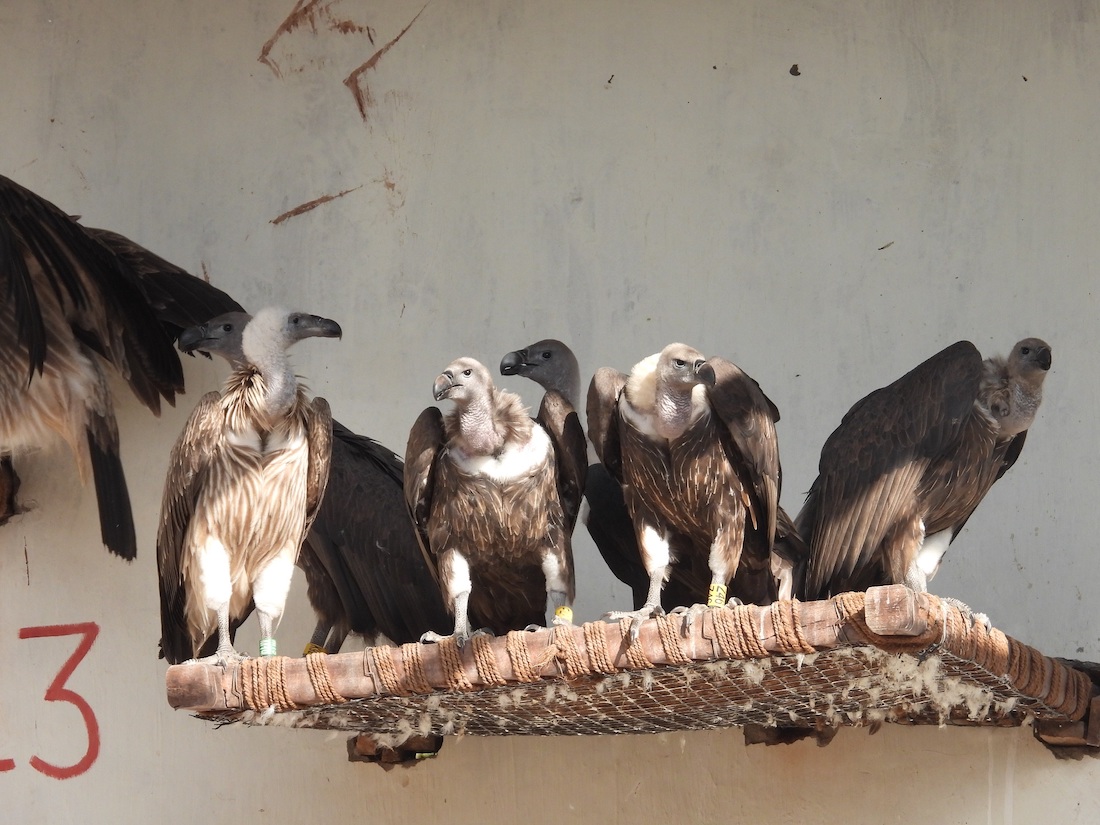
So, BNHS, in collaboration with various state forest departments, immediately set on an urgent mission to save vultures in India. Vulture Conservation Breeding Centres were set up in Assam, Haryana, Madhya Pradesh, and West Bengal to breed wild-caught birds in captivity to allow the population to increase in the safe environment of the breeding centers. At the same time, BNHS started working on creating vulture safe zones (VSZs) to ensure that captive-bred vultures, once released, can survive in the wild with little threat to their existence.
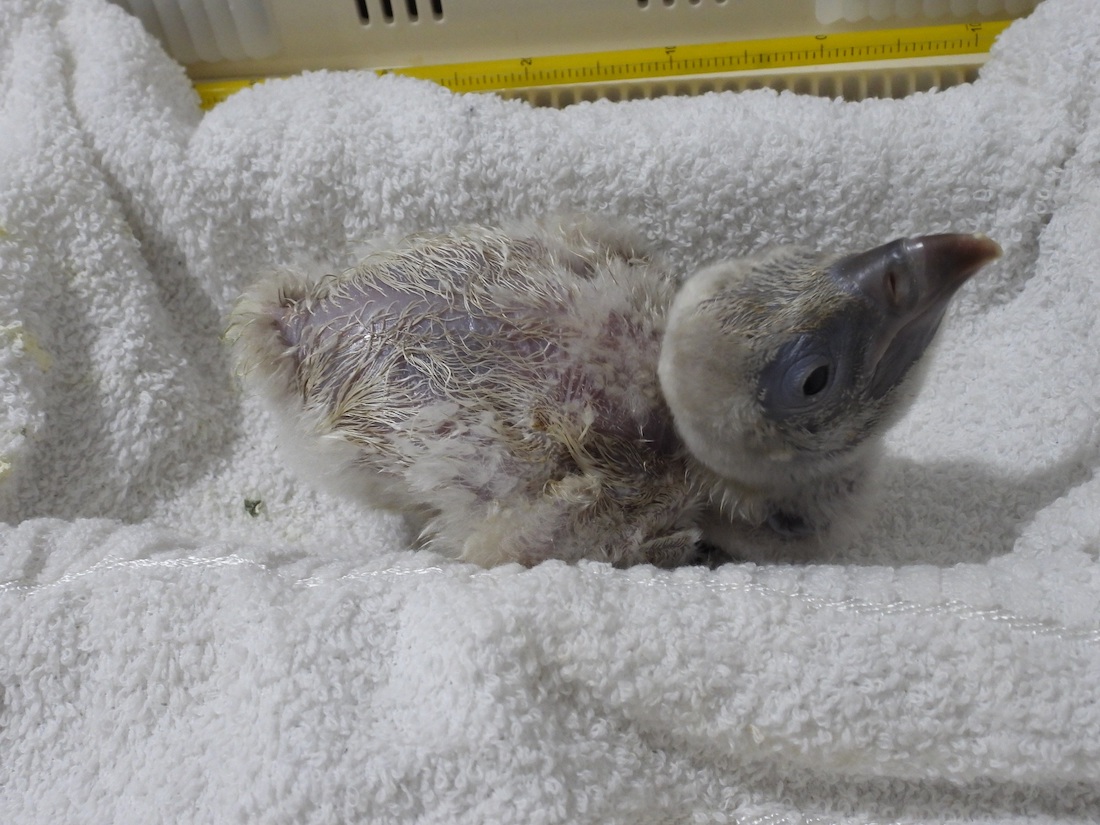
“The idea to release these white-rumped and long-billed vultures in Tadoba and Pench stemmed from the fact that these protected areas already had some level of protection. Also, these tiger reserves have a good population of tigers and other carnivores, which ensures a natural food supply for these vultures in the form of carcasses of prey hunted by the predators,” mentioned by Hemant.
However, Hemant also mentioned some challenges to vultures being released in the wild in TATR. The team had tried to locate wild vultures in the tiger reserve but found none. They had hoped that existing wild individuals could guide the captive-bred ones after their release, but this would not work out without existing wild vultures. Hemant also mentioned another hurdle that is specific to Tadoba.
At present, cattle carcasses are buried according to government protocol to maintain environmental hygiene. The absence of vultures, one of the most efficient natural scavengers, has forced the adoption of this practice in recent times. However, the scarcity of carcasses discourages the presence of vultures, making it a vicious cycle that negatively affects vulture conservation efforts.
To combat this challenge, the BNHS team is researching alternative sources of food for vultures in TATR and also exploring the possibility of creating a “vulture restaurant” where local cattle owners and gaushalas will dump carcasses free of vulture-toxic drugs for the vultures to feed on.

The BNHS research team is also working in the TATR landscape to ensure that vulture-toxic drugs are not used in the area. Despite the ban on the veterinary use of vulture-toxic drugs like diclofenac, aceclofenac, and ketoprofen, human formulations of these drugs are sometimes used to treat livestock. Also, the veterinary use of some other vulture-toxic drugs like nimesulide is yet to be banned.
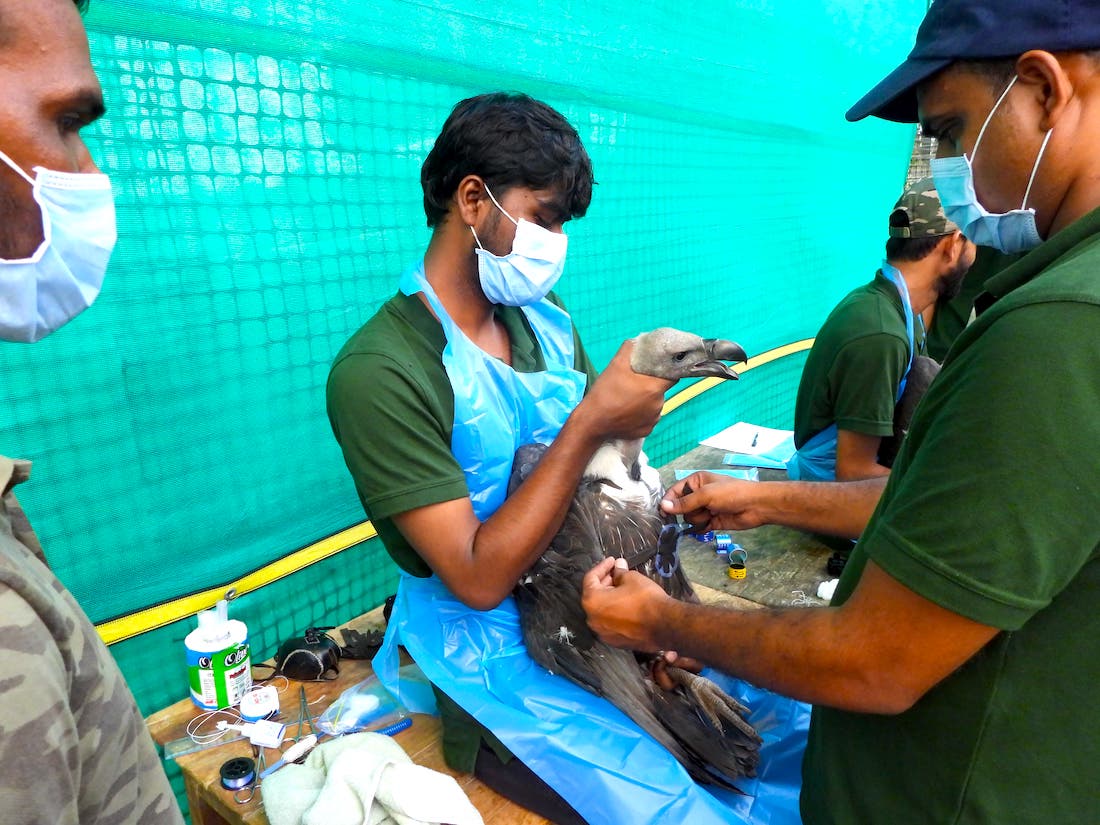
Despite the obstacles, however, the hope is high and with good reason. BNHS, in collaboration with the West Bengal and Haryana Forest Departments, has already successfully released captive-bred vultures in Pinjore and Buxa Tiger Reserve. Now, there are plans to release them in Maharashtra and Madhya Pradesh. The vultures in TATR and Pench have been fitted with GPS tags and are ready to take their first flight to freedom.
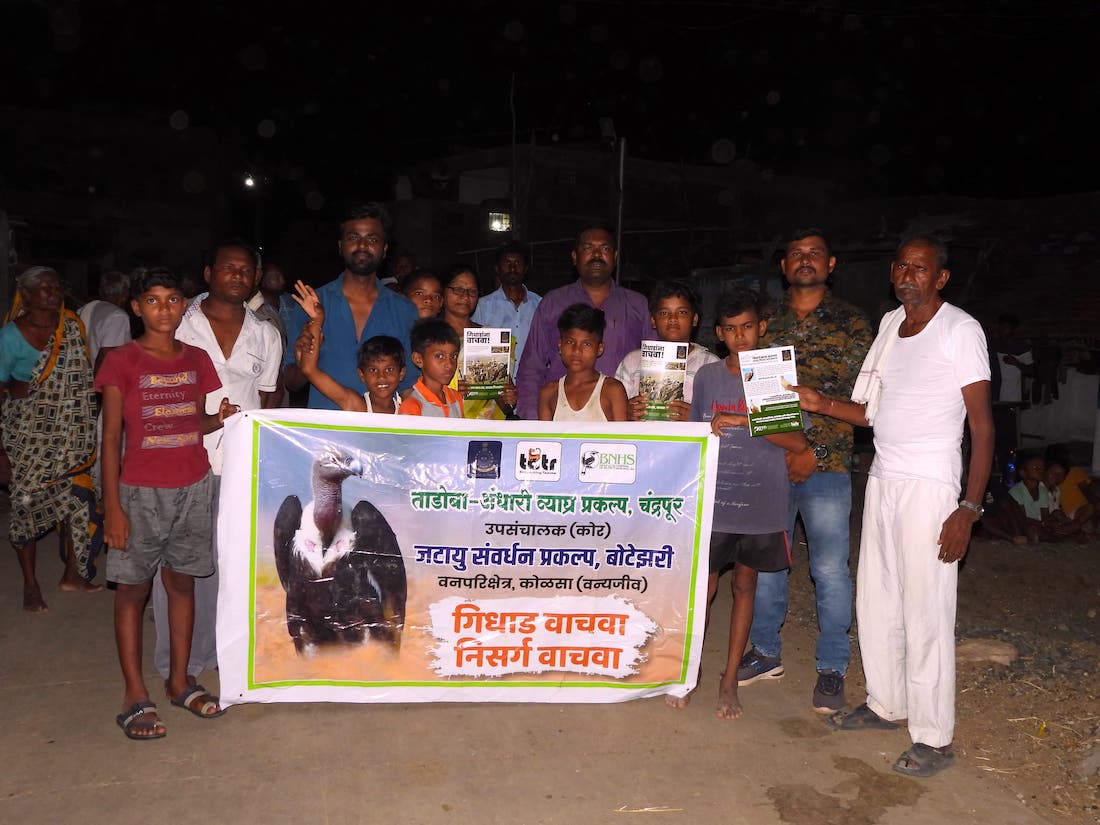
It was truly heartening to observe the white-rumped vultures in the aviary in TATR. The BNHS researchers posted in the tiger reserve are working extremely hard to make the project successful despite the many hurdles. Once the first batch is released, there are plans to release more vultures into the wild. We hope that the forests of TATR and Pench soon become the safe homes of hundreds of these highly threatened vultures and contribute to India’s efforts to revive populations of wild vultures in the country.
Read more about BNHS’s vulture conservation program at: Restoring Critically Endangered Vulture Populations In India With Captive Conservation Breeding

